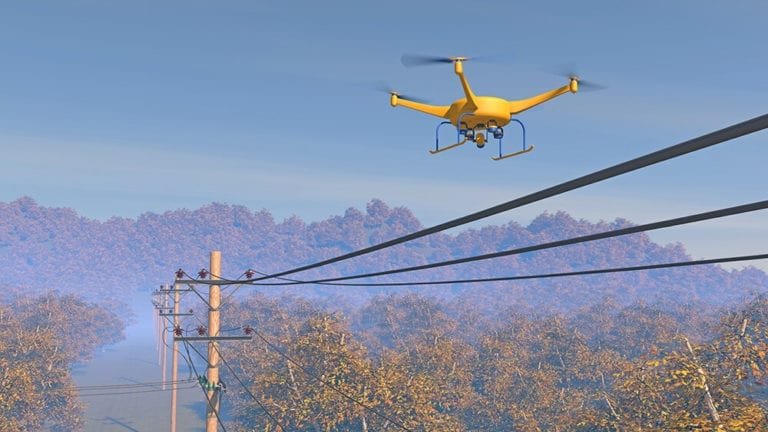Determining ROI of Utility Drone Inspection Programs
/Drone inspections are increasing in adoption and scope in energy utilities around the world. Each program has to be evaluated for return on investment (ROI), which takes into account a lot of different factors.
The costs of a drone inspection are fairly straightforward to calculate: costs of the drones, pilots (if needed), other operators, software, drone maintenance, service provider fees, etc. It’s easy to see the money flowing out.
From agilethought
Calculating the benefits, however, can be much less straightforward. How do you calculate the monetary value of safety—for example, not sending crews up wind turbines? If a drone inspection program allows a utility to perform inspections more frequently for the same cost, can you put that benefit into a number? Drones are showing that they can find and document damage that humans miss in visual inspections—what’s the accounting entry for that?
You can see that calculating ROI requires more thought than simply dollars in, dollars out. Utilities looking to evaluate ROI of their programs can take the following steps:
Identify Objectives: Determine the specific goals of the drone inspection program. These could include reducing maintenance costs, improving efficiency, enhancing safety, or increasing asset lifespan.
Document Costs: Evaluate the initial investment of spinning up (pun kind of intended) a drone program as well as the ongoing costs of operating and maintaining the program.
Compare Alternatives: In addition to documenting costs of the drone program, note the costs of alternative methods, including your current inspection processes.
Analyze Benefits: Take notes on the less measurable benefits of the program, like those mentioned above, to help understand the full picture of the “return.” Examples include time savings, improved safety, reduced downtime, better predictive maintenance, improved data insights, and more.
Set Timeline: Are you looking to see a return in one year? Four years? Determine the time horizon to be measured.
Calculate ROI: Compare your inputs and your outputs to see the value of a drone inspection program, which can go beyond just dollars in and dollars out. Review the calculations alongside regulatory considerations, scalability, and long-term strategic goals for a big picture look at the program’s costs and benefits.
In his article for Commercial UAV News, João Antunes points out that, “Drones enhance the productivity and range of inspection crews by order of magnitude, boosting coverage, volume, and quality of data capture. Since flying a drone repeatedly is less expensive than repeatedly flying a helicopter or sending out ground crews equipped with traditional equipment, it is also easier, quicker, and more efficient to detect an asset’s faults.”
Even if a drone inspection program costs the same as manual inspections, the value in frequency and quality is important to consider. For example, when a cross-arm failure on an overhead distribution line occurred over a highway crossing, Constellation Clearsite conducted drone inspections while ground crews inspected the same area. “The aerial team identified 48% more conditions than the ground team, and four high-priority issues were only identified by the aerial team.”
At a glance, drones may seem like a large up-front investment. And they can be—a single equipped drone can be tens of thousands of dollars. But the benefits, both those measurable in dollars as well as the intangible ones, often come through on the other side.
It would be great to know the exact ROI of a drone program before investing in one, but there are too many gray areas that depend on the organization and their goals.
Just like my financial advisor can’t tell me he’ll make me 8% every year, drone investments require a bit of risk for the payoff.



